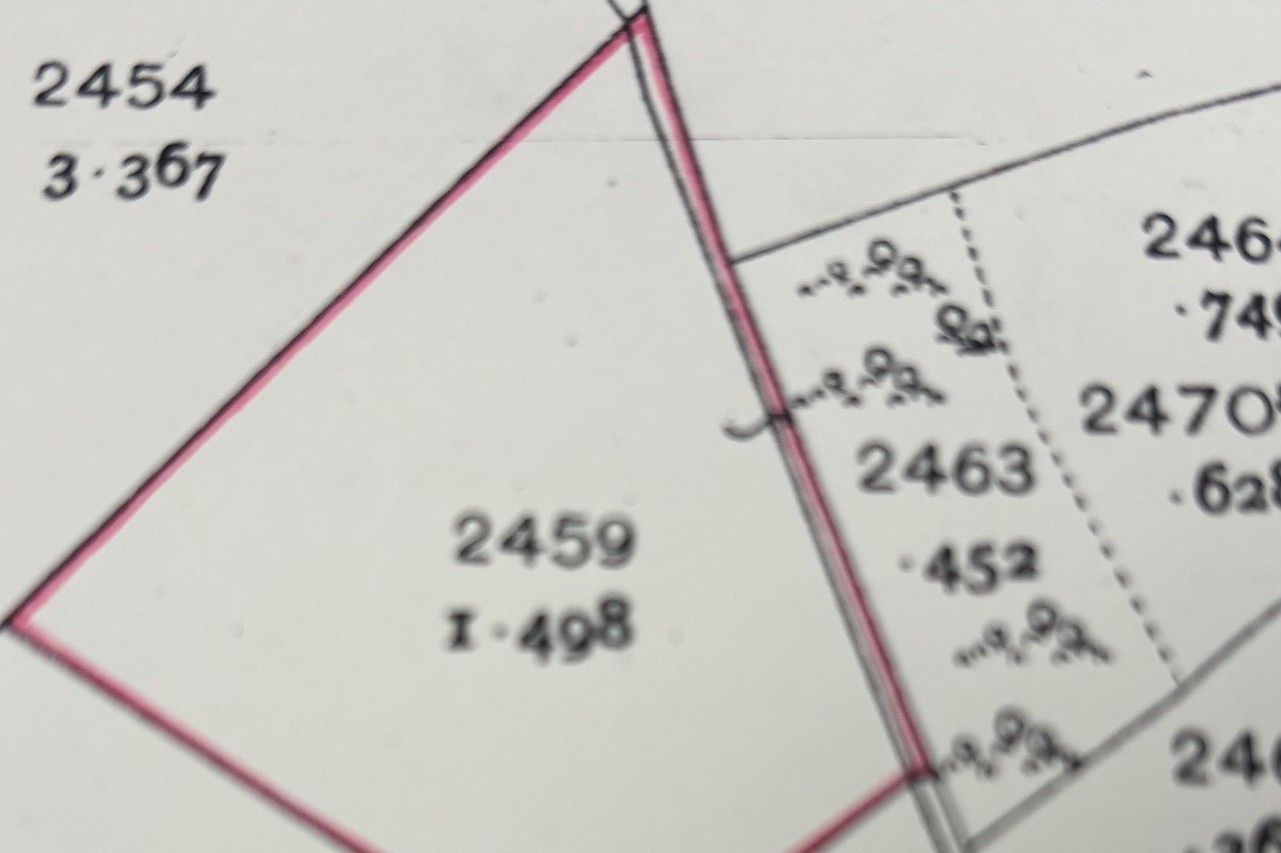- by
Myth busting: The red line shows the exact boundary of my property
No, this is not true. The red line represents the general boundary line which is not a precise legal boundary and only an approximation which cannot be relied upon as referred to by the general boundary rule.
What is the General Boundary Rule?
The general boundary rule, as defined by the Land Registration Act 2002, means that the red edging on a Land Registry title plan is not a precise legal boundary line. Instead, it indicates the general position of the boundary, and the exact line may not be determined unless a formal application for a fixed boundary is made and accepted. This rule exists because title plans are based on Ordnance Survey maps, which do not always define boundaries with perfect accuracy.
Not Precise
The red line on the title plan is not a definitive legal boundary. It serves as a general guide to the boundary’s location.
No Exact Line
Unless a boundary is formally determined, the precise line is not fixed.
Historical and Practical Reasons
This rule is in place because it is often impractical and expensive to determine exact boundaries for every property, especially when considering historical deeds and physical features.
Potential Discrepancies
The general boundary rule acknowledges that there may be discrepancies between the plan and the actual boundary on the ground.
So how do you establish where the actual boundary is?
The actual boundary will be defined on the original conveyance or transfer documents (normally referred to as the Deeds) as well as physical features on the ground – trees, hedges, etc. If there is discrepancy between the boundary documented by HM Land Registry and that on your Deeds, you can make a formal application to the HM Land Registry to get their records corrected. You’ll need to provide evidence supporting the change, such as deeds, surveys, or expert reports. If your neighbour agrees, they will need to sign the application and plan. If they object, HMLR will decide and may facilitate an agreement, or refer the matter to a tribunal.
In summary
The general boundary rule allows for a more flexible and efficient land registration system, while acknowledging that the exact legal boundary might need to be established through other means if disputes or uncertainties
Get in touch
If you have an issue regarding a boundary which you would like help with, our friendly and experienced team would be pleased to hear from you. You can contact us on 01872 241408 or email info@penderlaw.co.uk




